Prehistoric Research in the Indian Subcontinent is, on the one hand, a commemoration of the 150 years of the study of Indian prehistory, whose beginnings stretch back to Robert Bruce Foote’s discovery of the famous sites of Pallavaram and Attirampakkam in 1863, and, on the other a timely study of recent researches in the prehistory of the subcontinent, highlighting regional and sub-regional variations.
The first three essays in this volume are extremely valuable in their critical stock-taking of prehistoric research, paleontological studies and paleoenvironmental reconstructions in the subcontinent. The regional and sub-regional variations of prehistoric cultures are brought out in papers focusing on a variety of areas like the Son Valley, the Narmada, the Hunsgi valley, the Teri dune sites and the central Ganga valley where research has continued for over three decades. Essays on lesser known areas like the Ayodhya hill region of West Bengal, cave sites in the limestone karst zone of Nagaland bordering upon Myanmar, and the Chakalpunji area in north-eastern Bangladesh add to our knowledge with their unique findings. Overall, these essays reflect the vibrant nature of Stone Age research in this part of the world even as they draw our attention to the many gaps that exist in our reconstruction the Arts (Southern Region, Bangalore).
This book will be of lasting pertinence to not just scholars of History, Historical Geography but also Archival Studies and will bring attention gaps that exist in our reconstruction the Arts in South Indian Region.

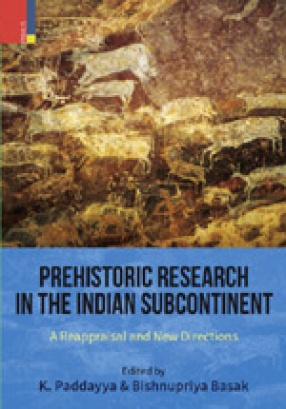
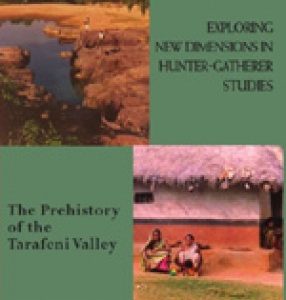
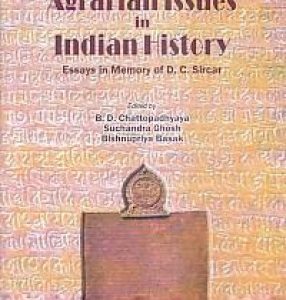
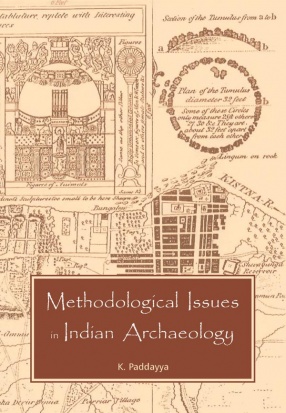
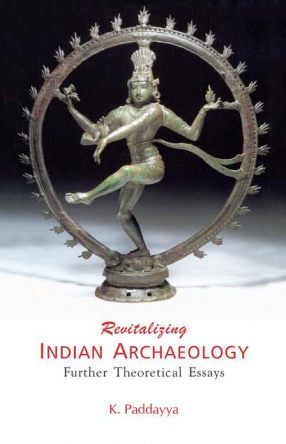
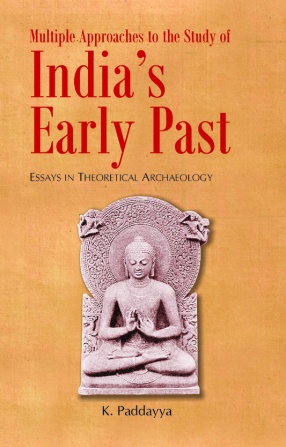
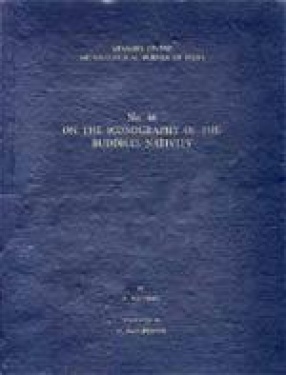
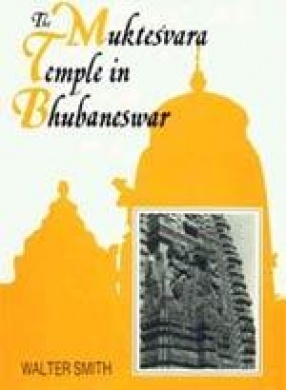
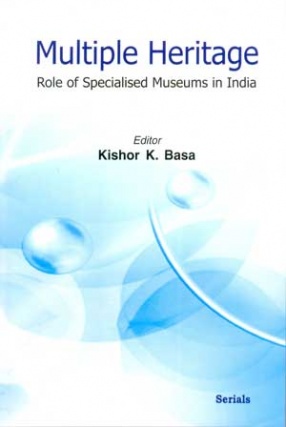
There are no reviews yet.